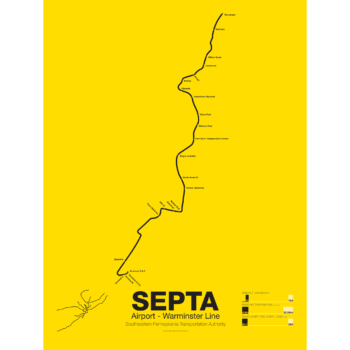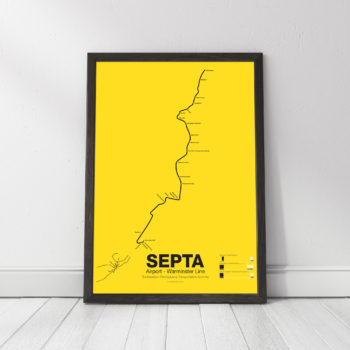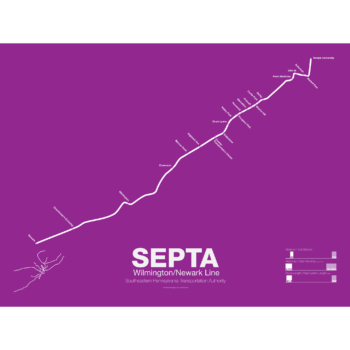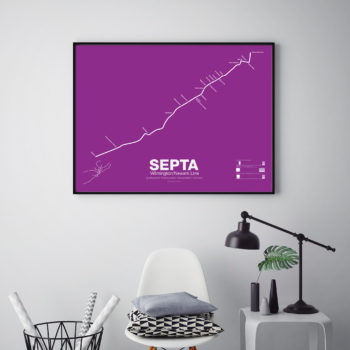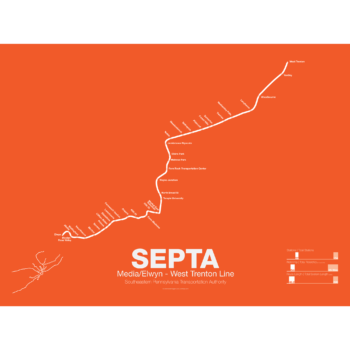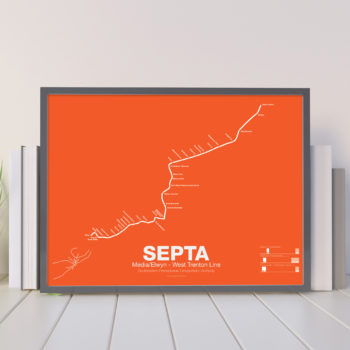interurban
6 Products
-
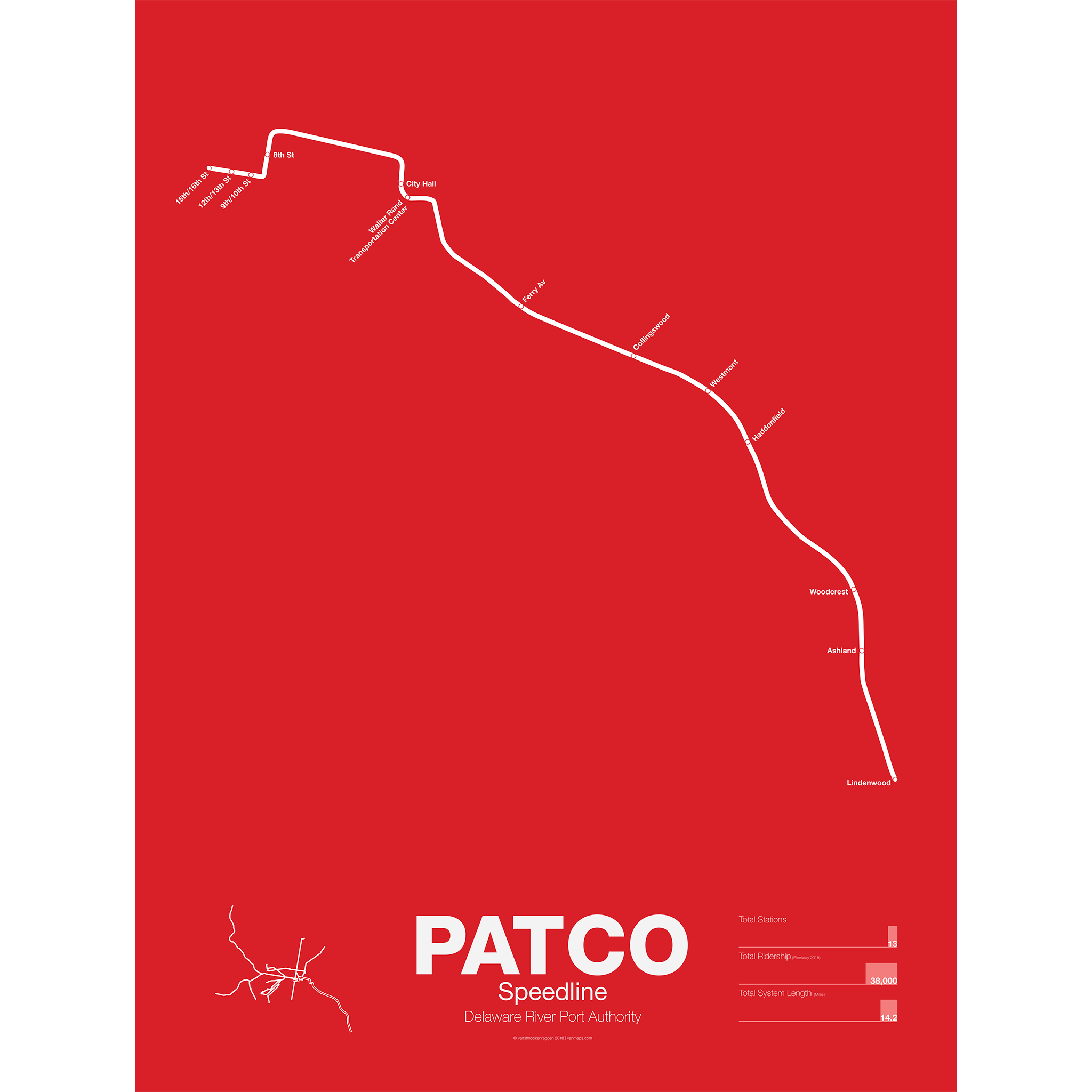
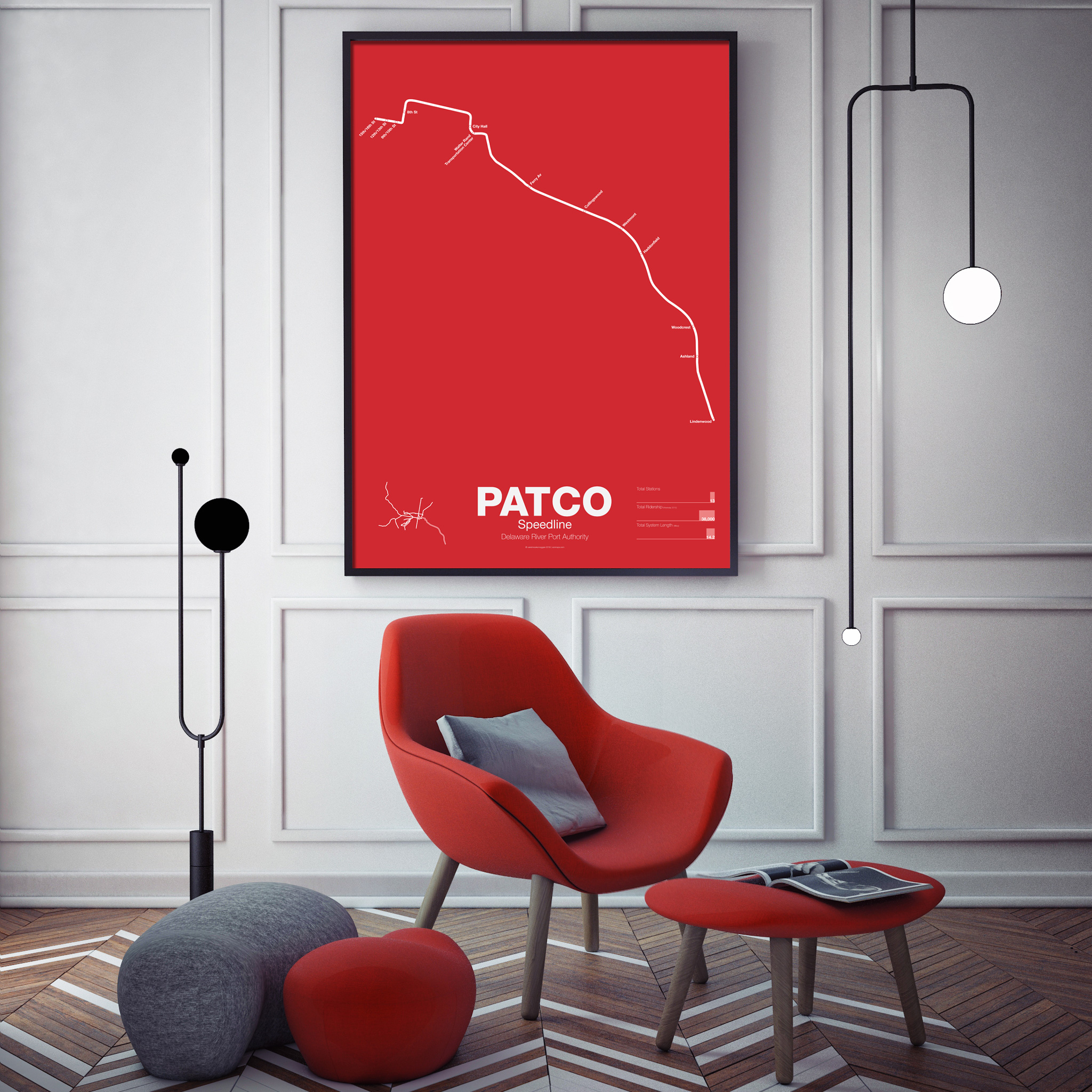 $30.00 – $80.00
$30.00 – $80.00PATCO (Port Authority Transit Corp) is owned by the Delaware River Port Authority (DRPA), a separate authority than SEPTA. The line began as a simple 4 station shuttle over the newly opened Benjamin Franklin Bridge in 1936. The line ran from 8th St and Franklin Sq in Philadelphia and Broadway in Camden, NJ. On the Philly side the line connected to a tunnel which had been built for a proposed subway loop around Center City but the loop idea had been shelved after construction started. The Broad-Ridge Spur used the tunnel to reach 16th St-Locust but originally the PATCO trains terminated at 8th and Market. In 1968 the connection was rebuilt so that Broad-Ridge trains terminated at 8th St and PATCO trains were extended to 15th-16th station. This section of tunnel is still owned by SEPTA and is leased to PATCO.
On the New Jersey side PATCO had been little more than a shuttle which required suburban commuters to transfer to continue their journey. In 1951 DRPA commissioned a study which recommended 3 different branches, one to Moorestown, one to Kirkland, and one to Woodbury Heights. A later study suggested that the Kirkland route offered the most potential ridership and so PATCO was extended to Lindenwood station in 1969. PATCO continues to study expansions and has looked into extended a branch to Glassboro as well. There is an abandoned station at Franklin Sq which sees requests now and then for reactivation but PATCO claims that it wouldn’t receive high enough ridership (the area around the square was razed in the 1970s to build the Vine St and Delaware Expressways interchange.
Printed on Satin finish 80# cover stock – 220 GSM. Made in the USA! Standard production time is 5 days. Allow more time for shipping.
-
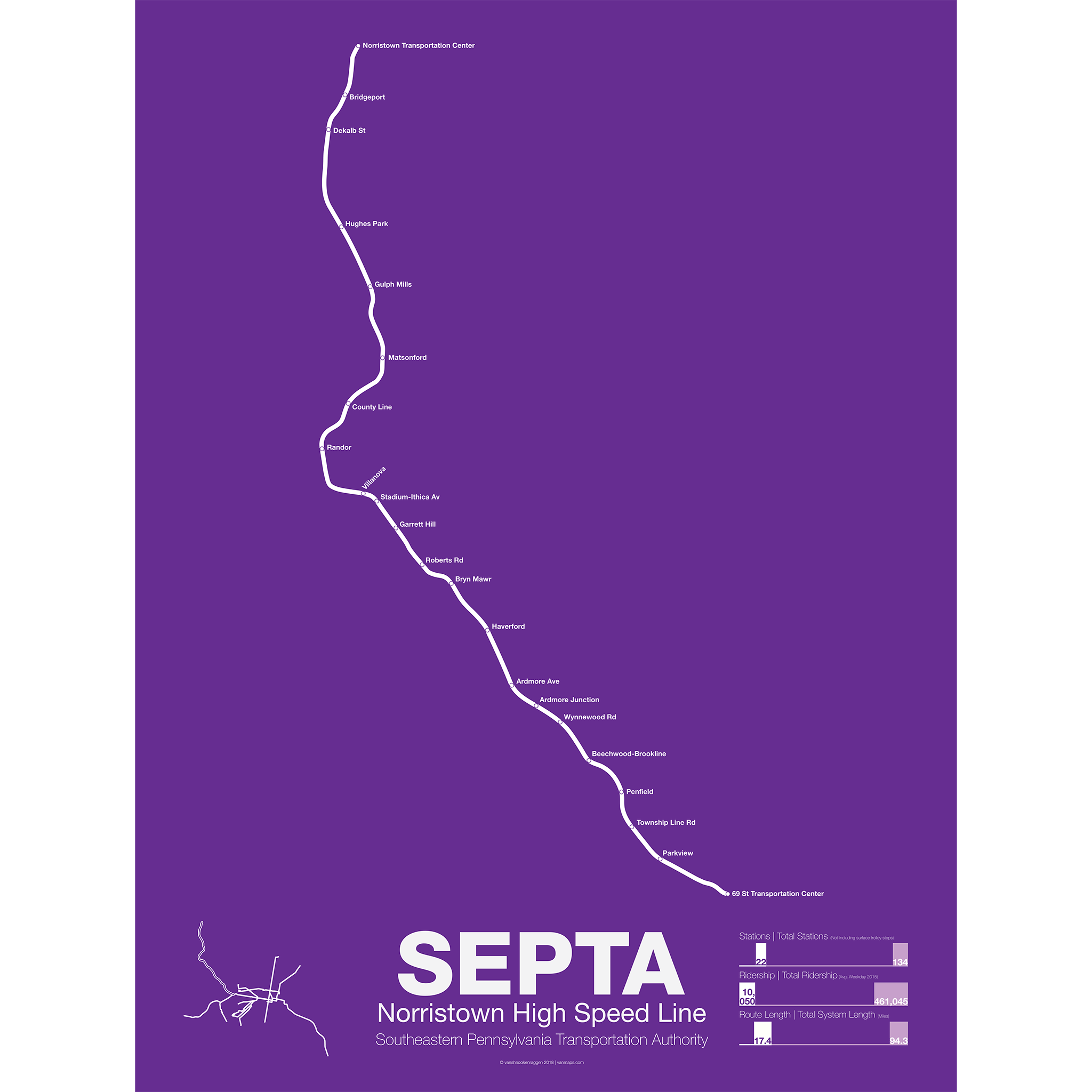
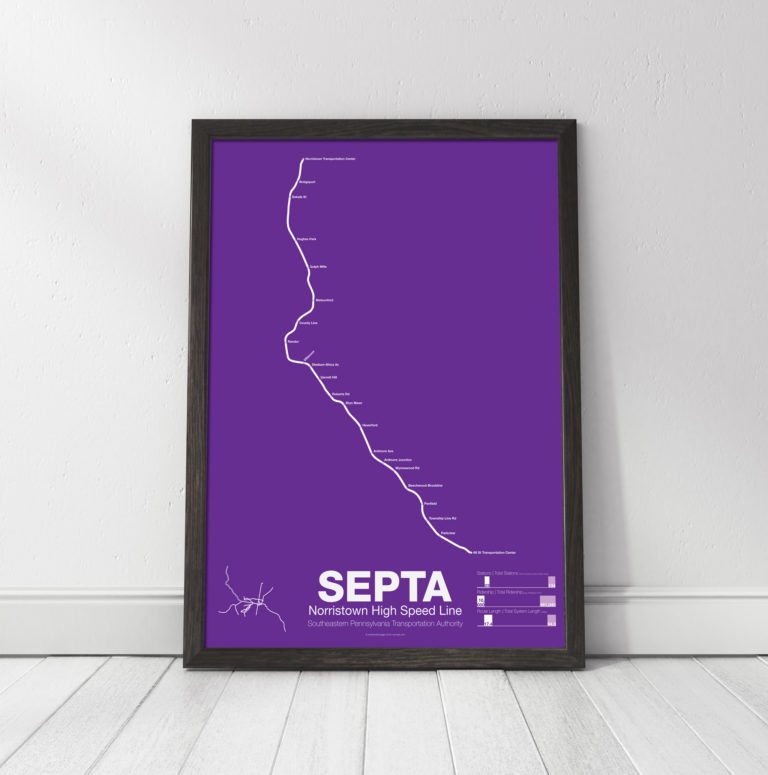 $30.00 – $80.00
$30.00 – $80.00The Norristown High Speed Line (SEPTA route 100) began as a Philadelphia & Western Railroad interurban trolley in 1907 between the new 69th St Market-Frankford terminal and Strafford, PA. In 1912 a branch was built to Villanova and then extended to Norristown. The new branch proved more popular than the Strafford branch which was eventually abandoned in 1956. A year before, in 1955, the line was taken over by the Philadelphia Suburban Transportation Co (more commonly known as the Red Arrow Lines) along with Routes 101, 102, 103, and 104. Route 103 to Ardmore was abandoned in 1966 and Route 104 to West Chester was abandoned in 1958.
The Norristown High Speed Line runs four services, a local, the Norristown Express, Hughes Park Express (short turning at Hughes Park, and the Norristown Limited which only stops at 6 stations between Norristown and 69th St. Unlike the Market-Frankford Line and Routes 101 & 102 (which use a larger 5′ 2.5″ rail gauge) the Norristown Line uses a standard 4′ 8.5″ gauge meaning that service could not be extended into Philadelphia via the existing subway.
Printed on Satin finish 80# cover stock – 220 GSM. Made in the USA! Standard production time is 5 days. Allow more time for shipping.
-
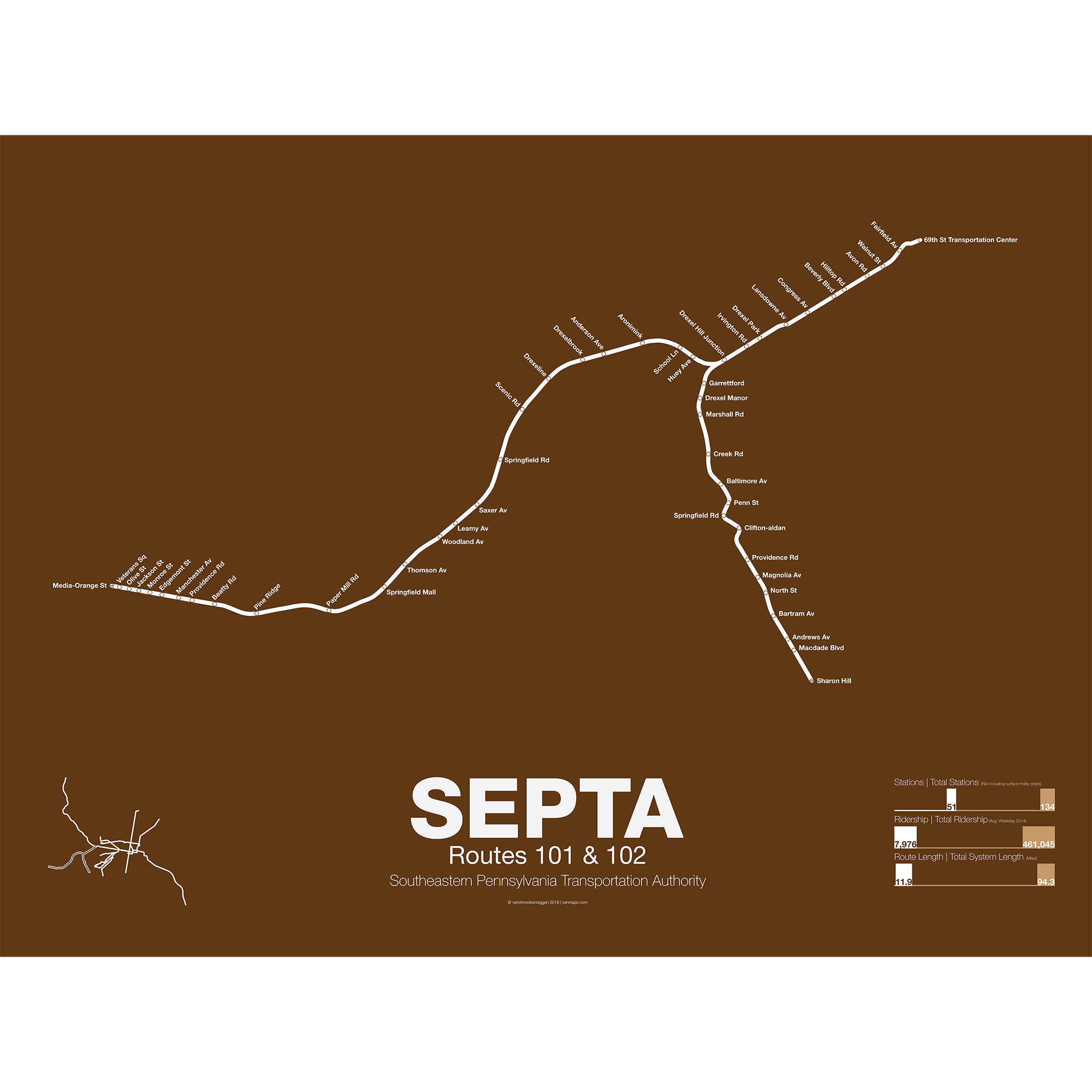
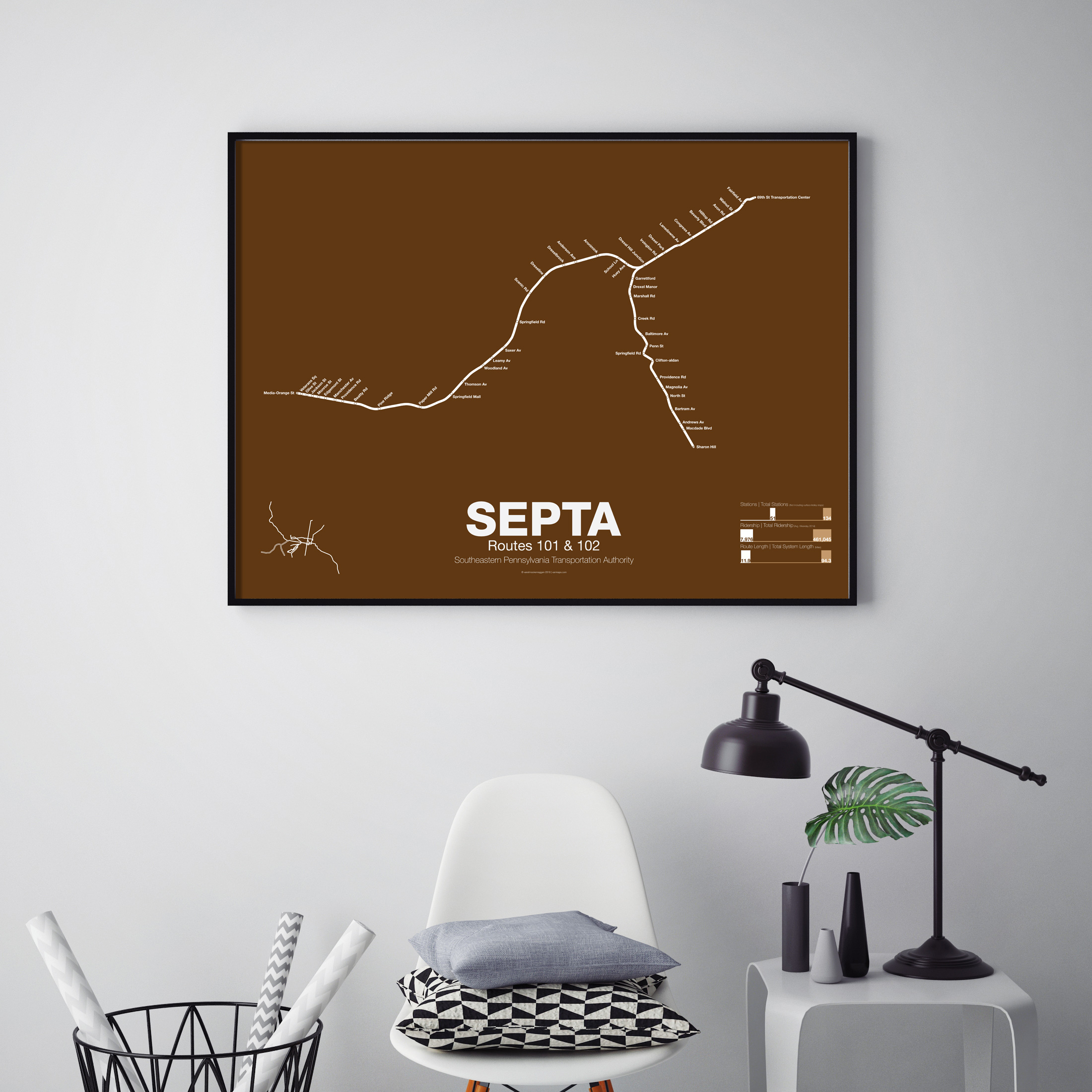 $30.00 – $80.00
$30.00 – $80.00Routes 101 and 102, along with the Norristown HSL, are all that remains of the Philadelphia Suburban Transportation Company lines, commonly known as the Red Arrow Lines. Route 101, which dates from 1913, runs from downtown Media to 69th St Transportation center along a dedicated ROW but within Media along the street. Route 102, which dates from 1906, runs from Sharon Hill to 69th St.
Routes 101 and 102 use the larger 5′ 2.5″ rail gauge which is also used by the Market-Frankford Line along with other trolleys in Philadelphia. The routes run a mixture of local and express services. Until a few years ago SEPTA gave these routes a brown color on the system map but recently changed them to green along with the Subway-Surface lines. To avoid confusion with the other poster the Routes 101 & 102 poster is the original brown.
Printed on Satin finish 80# cover stock – 220 GSM. Made in the USA! Standard production time is 5 days. Allow more time for shipping.

